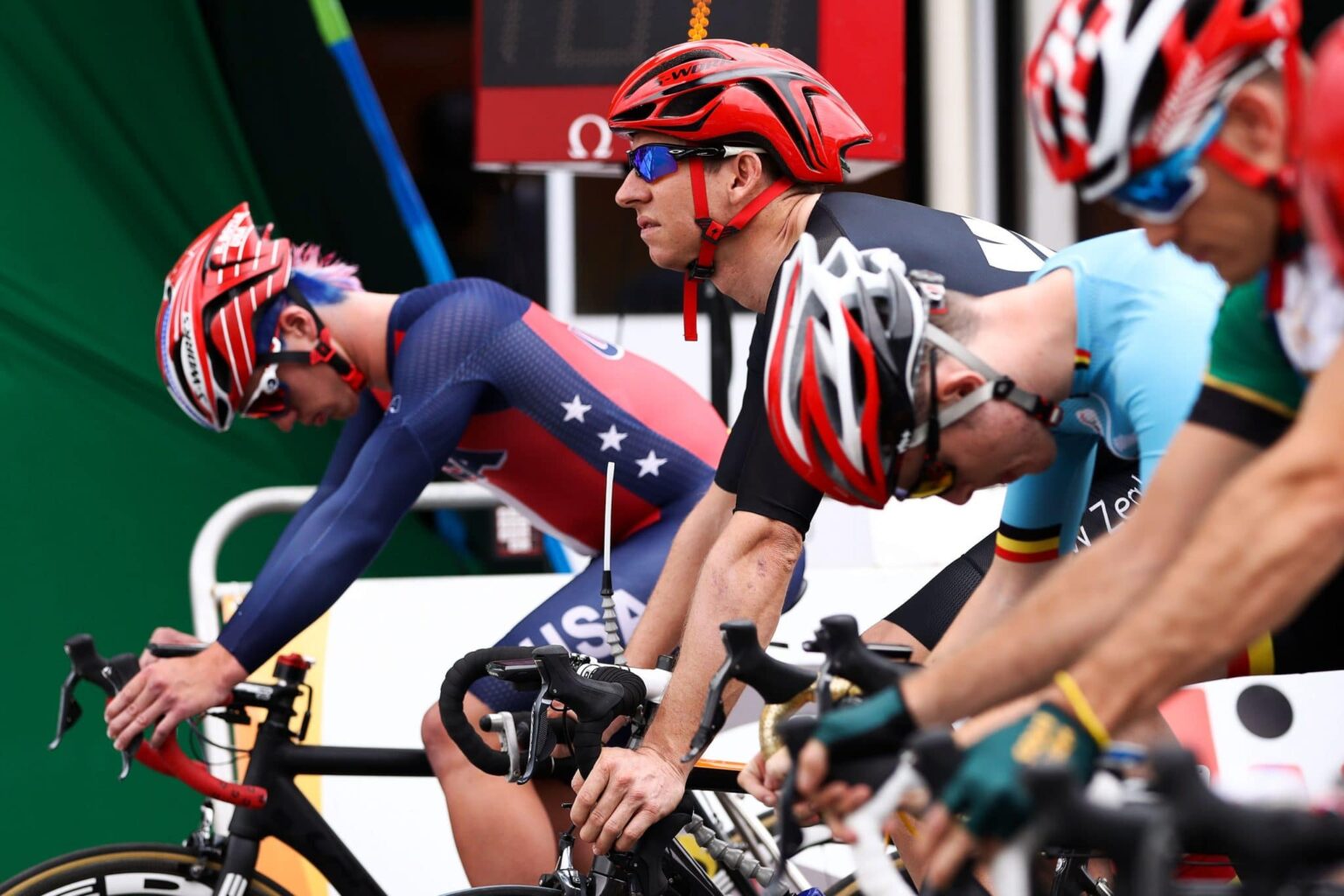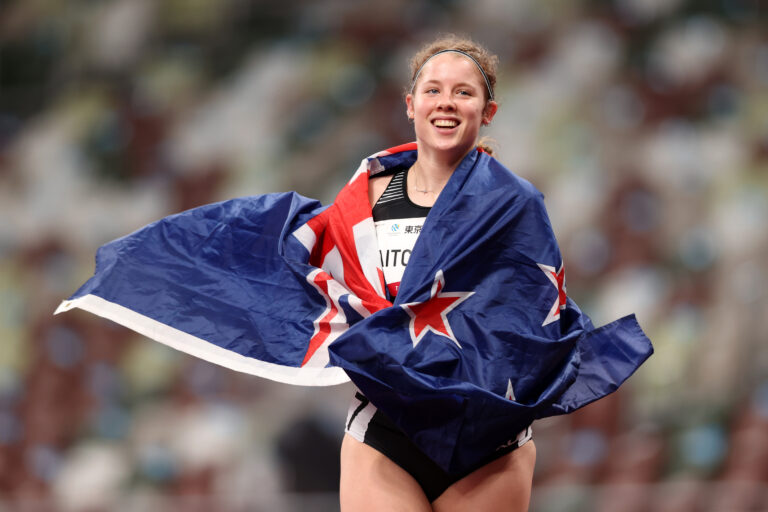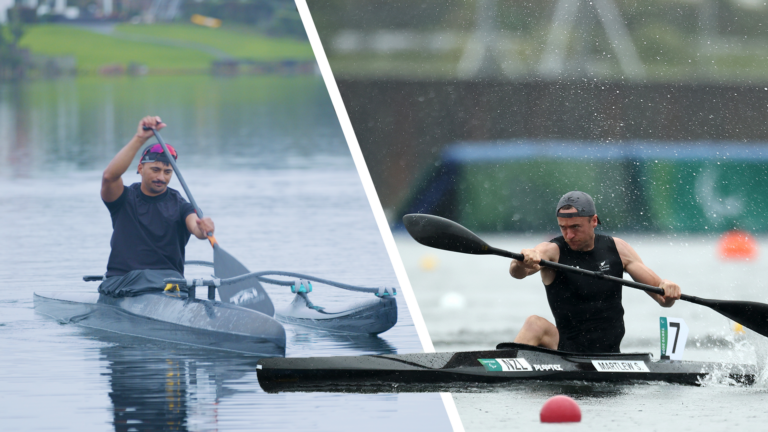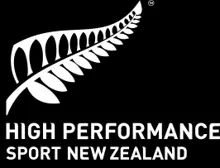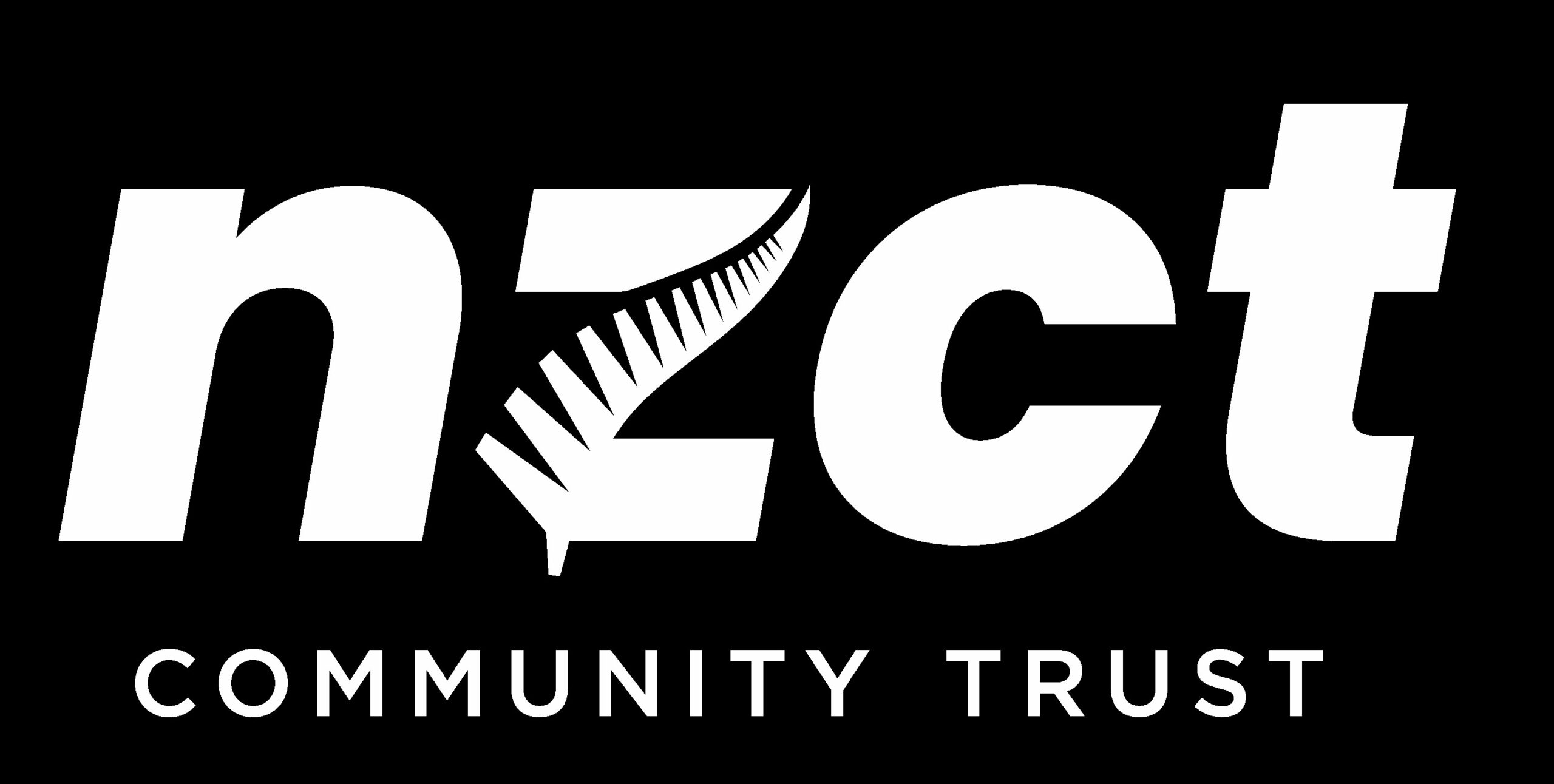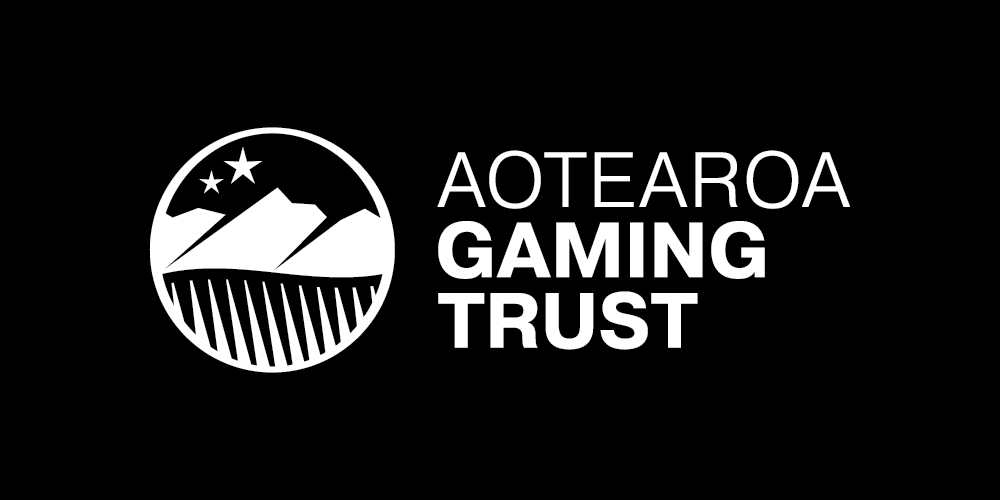The Paralympic Games is the penultimate international event for disabled athletes within the Paralympic Movement.
Para sport is a term used for sport offered within the Paralympic Movement for Para athletes.
‘Sports classes’ are the categories Para athletes compete within and the process of determining this is called Classification.
There are 23 summer and 6 winter Paralympic sports and each Paralympic sport will have specific ‘sports classes’.
What is classification?
Classification is integral to Para sport as it provides a structure for fair and equitable competition within the Paralympic Movement.
All Para athletes wishing to compete in Para sport must have a sports specific class which is allocated through the evaluation process of Classification.
Read our article on ‘What is a Para athlete?’
The purpose of Classification is to define who is eligible to compete in a Para sport and to group Para athletes into ‘sports classes’, according to how much their impairment affects their ability to carry out the fundamental activities in a specific sport.
Para athletes competing in Para sport must have a permanent health condition that presents as an eligible impairment and leads to a competitive disadvantage in sport. This requires an athlete to undergo a Classification assessment process, to determine impairment eligibility and impairment severity, to ensure they meet the minimal criteria for the sport.
Classification is sport specific because impairment affects the ability to perform in different sports to a different extent. As a consequence, a Para athlete may meet the criteria in one sport but may not meet the criteria in another sport.
Classification ensures that the impact of impairment in each event is minimized and that the success of an athlete is determined by skill, fitness, power, endurance, tactical ability, and mental focus.
Find out more about Para athlete Classification.
Paralympic classification today
Since the widespread adoption of functional systems of classification, Paralympic sport has continued to mature rapidly. An athlete’s classification had a significant impact on the degree of success they are likely to achieve, and the concept of functional classification, based on performance, was questioned.
The Movement recognised the need to revisit classification and in 2003 the IPC Governing Board approved a classification strategy which recommended the development of a universal classification code, giving direction for the future of Paralympic classification.
The Paralympic Movement approved the IPC Classification Code in November 2007, which defines Paralympic classification as “accurate, reliable and consistent sport focused classification systems“.
The Paralympic Movement approved the reviewed and updated IPC Athlete Classification Code and International Standards in November 2015 for implementation by January 2018. All Paralympic sports classification rules must be in compliance to the Code.

